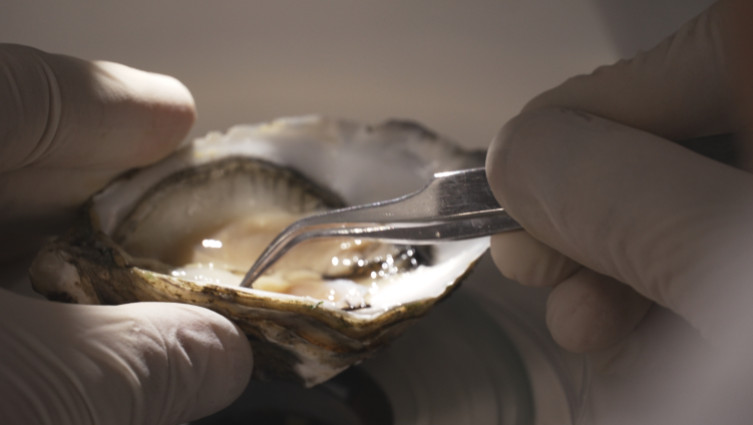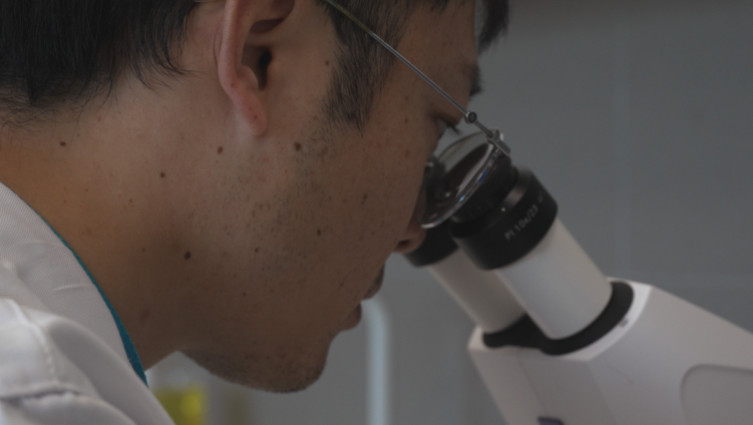How is the growth of bivalve shells regulated?
Bivalve molluscs are characterised by having a shell that consists of two valves that vary in shape, colour and form and are typically symmetrical. However, a few species, including the gastronomic delicacies oysters, clams and scallops, can have two asymmetrical valves. To date, the regulatory mechanisms that control the production of the hard biomineralised shells of bivalves and the influence of abiotic and biotic factors are unclear. By studying the processes determining production of asymmetric and symmetric bivalve shells, our researchers obtained fascinating insights about regulatory mechanisms that contribute to the exuberant diversity of bivalve shells. Furthermore, understanding shell biomineralization and its regulation is a priority for predicting and modelling the likely consequences of ocean acidification on bivalve survival, biodiversity, and aquaculture.
Maoxiao Peng from the Centre of Marine Sciences (CCMAR, University of Algarve, Portugal) and colleagues analysed bivalve genomes (DNA), transcriptomes (RNA), and proteomes (group of proteins of a cell) from asymmetric and symmetric species to uncover biomineralisation-related genes and regulatory factors. In their research paper, published in the Journal of Advanced Research, the authors identified long noncoding RNAs (lncRNAs), as candidate biomineralisation-related genes involved in shell growth and maintenance. Long noncoding RNAs are a type of RNA with more than 200 nucleotides that are not translated into proteins. Candidate genes are genes that are believed to be associated with a particular trait, such as physical characteristics.
In this study, the long noncoding RNAs had a biased gene expression in the shell secreting mantle of asymmetric bivalves, such as the Pacific oyster. Using two types of experiments (shell regrowth and gene silencing) the authors identified the candidate genes and long noncoding RNAs associated with different shell growth rates and the microstructure of calcium carbonate (CaCO3) crystals in the shell.
This study is the first to show that long noncoding RNAs are regulatory factors of the mechanisms that control bivalve biomineralisation. This novel research highlights new research questions and provides new tools for studies about bivalve shell growth and mineralisation. The fundamental theoretical insights obtained will be of importance for understanding the evolutionary history of bivalve shells and the likely adaptability of bivalves to future changes in the marine environment.
Direct URL for the article: https://doi.org/10.1016/j.jare.2023.11.024



